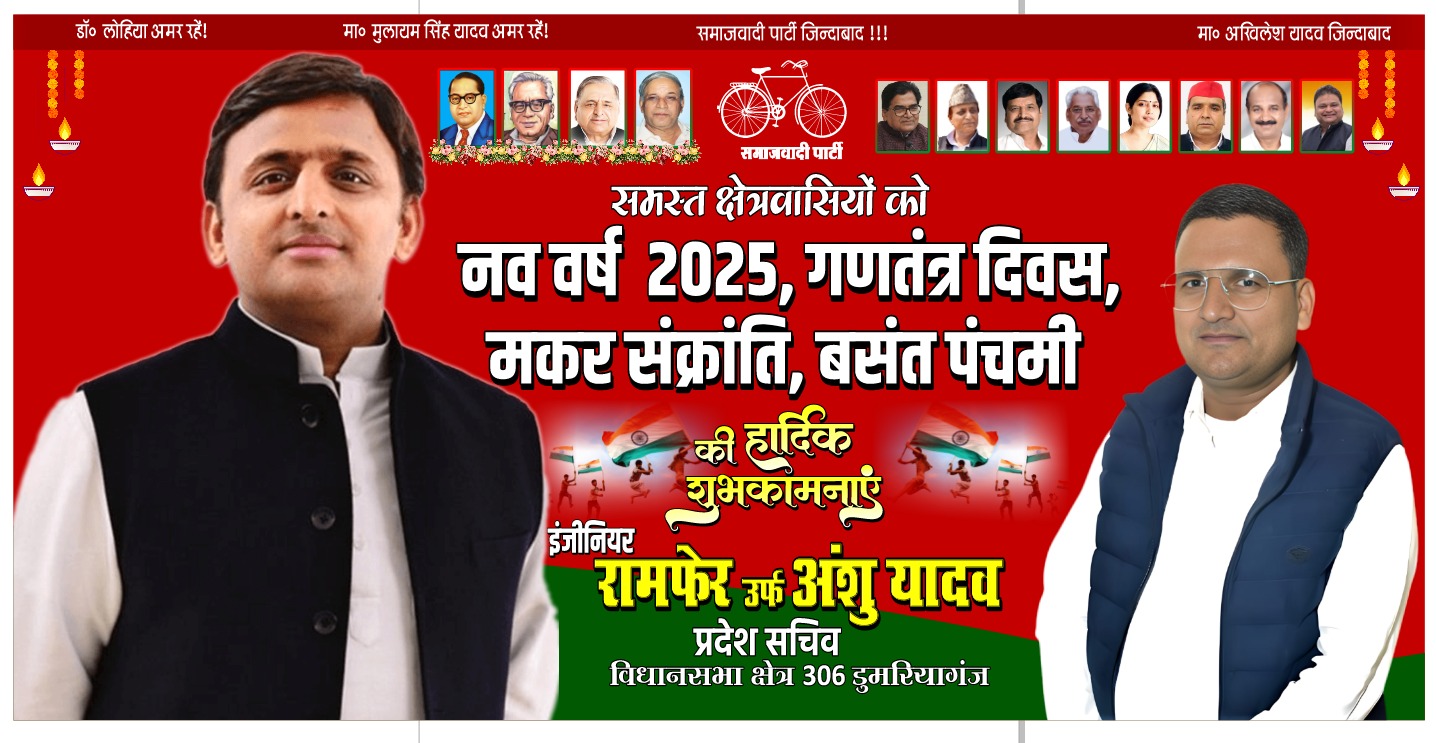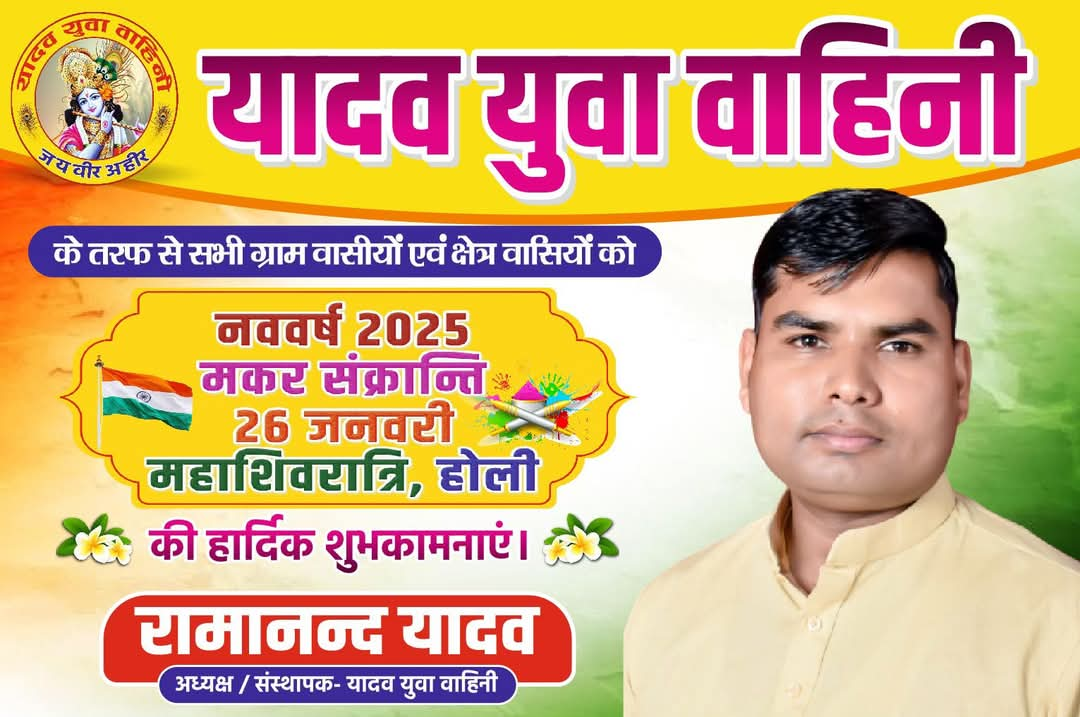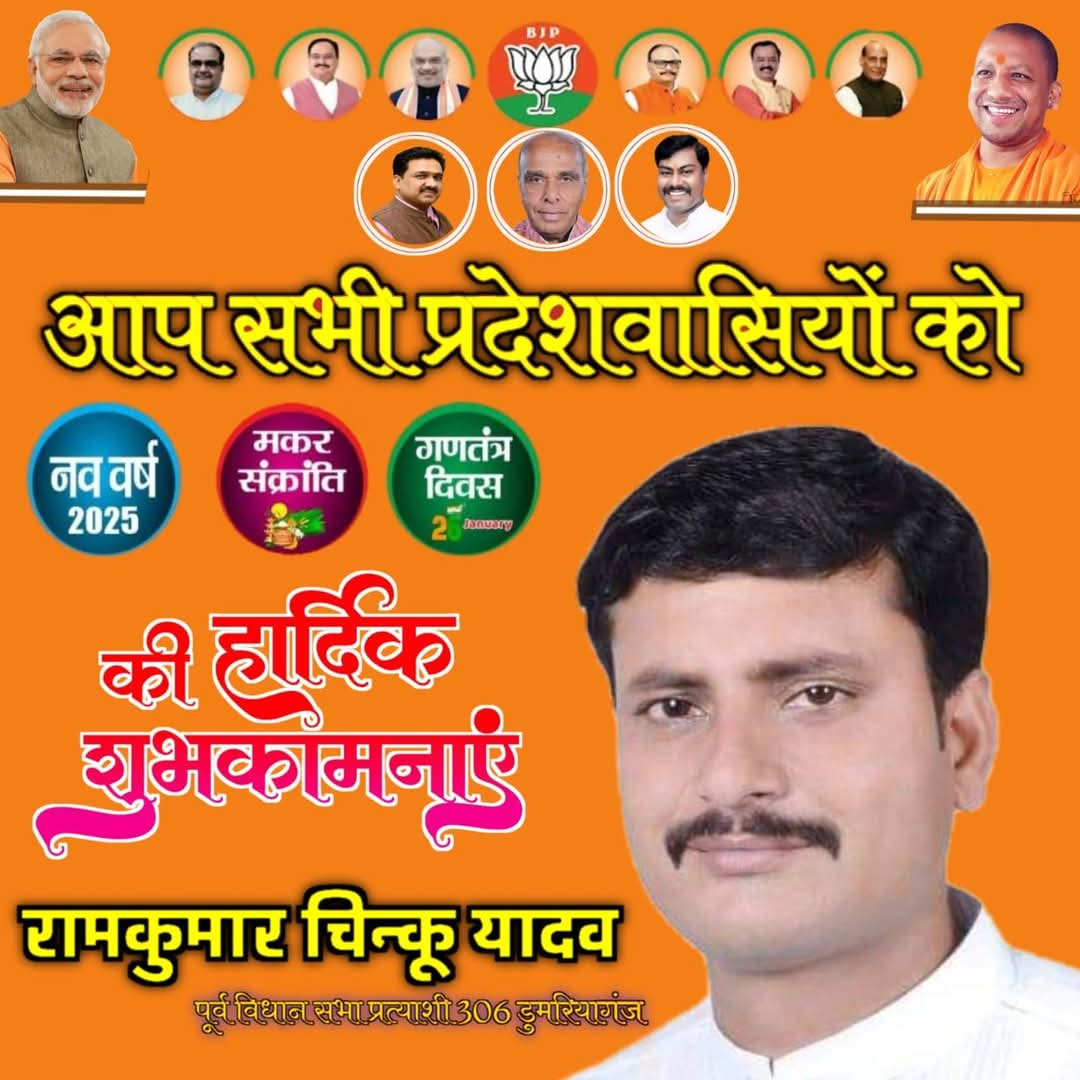Soaring temperatures, drying streams, shortage of drinking water and people looking to the skies for respite – Kashmir is witnessing a scorching summer this year, with the unrelenting heatwave shattering records.
“This has been the hottest June since 1978,” Director, Meteorological Department Srinagar, Mukhtar Ahmad, told The Indian Express. “The average day temperatures for June this year stood between 32 and 33 degrees Celsius. It is some three degrees above normal. The average minimum temperatures, too, have stayed on the higher side.”
The heat has forced the government to advance summer vacations in educational institutions by two weeks to a month. While the schools were shut for summer break from June 23, higher education institutions were closed from June 25. Usually, schools would shut for summer vacations in the second week of July, while higher education institutions would shut in the first or second week of August. July and August are typically the hottest months in the Valley.
Story continues below this ad
The government said it will observe weather conditions before deciding whether to open schools after the summer break or extend the vacations.
Data indicates this was the second-hottest June in Srinagar since 1892, when the data first started being recorded.
“The only hotter June on record for the city (Srinagar) was in 1978 when the overall average temperature reached 25 degrees Celsius driven by higher mean maximum (temperature) of 32.9 degrees Celsius, though the mean minimum (temperature) that year was lower at 17.1 degrees Celsius,” said independent weather forecaster Faizan Arif.
Arif said that this year, the average minimum temperature for June was recorded at 18.2 degrees Celsius.
Story continues below this ad
“We may have had some years when the highest temperature for June may have been higher than this year. But what we are observing is that this year, the temperatures are continuously hovering above normal,” Arif told The Indian Express.
The heatwave has caused a shortage of drinking water in parts of the Valley, while irrigation canals are running dry, putting a strain on farmers, particularly in south Kashmir.
“If there are no immediate rains, we fear that our entire crop will be lost,” said Abdul Qayoom, a farmer from south Kashmir’s Pulwama. “Our apple orchards need water because of the dry spell and the high temperatures, but the canals are running dry.”
Weathermen expect some rain in the first week of July. “We expect that the hot weather will continue till July 4, but after that we expect some rain – both in Kashmir and Jammu – from July 5 to July 8,” Met director Ahmad told The Indian Express. “What would happen after that is too early to say.”























